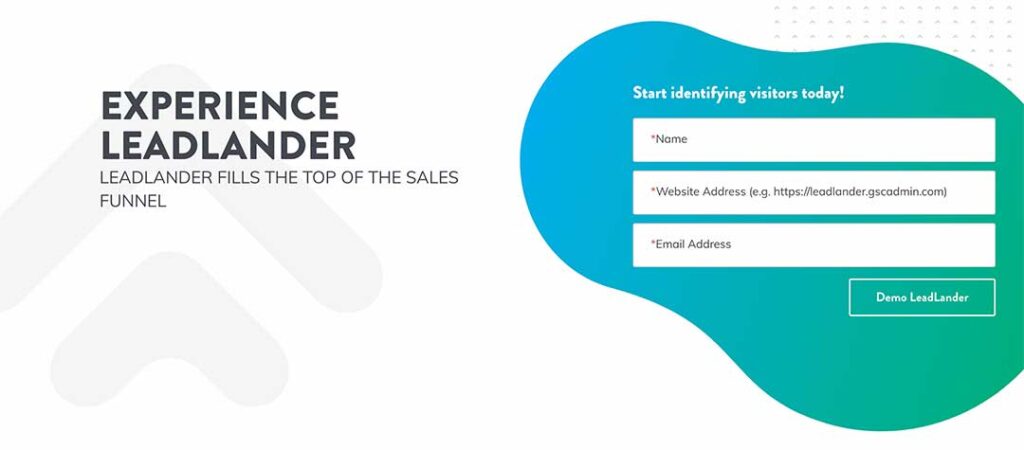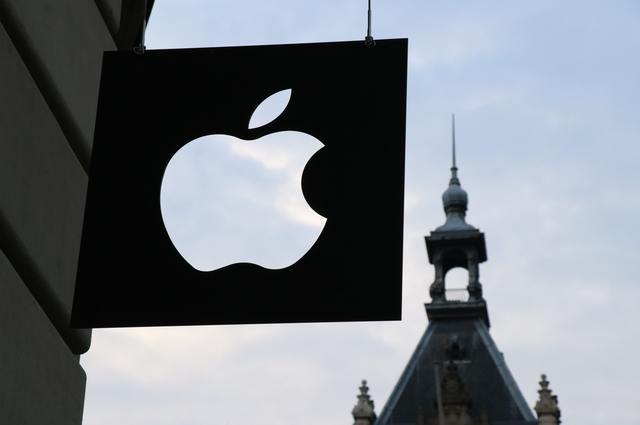Updated May 19, 2022
With the advent of hybrid work and all the added hours logged online, data privacy’s got the spotlight in 2022. Surveys show that 86% of consumers are concerned about it.
Data like this led Apple to change its privacy settings in both the iOS 15 and latest macOS updates. These changes are great from a consumer perspective, but they’re also forcing brands to adapt.
We’ll cover the changes and how they’ve impacted companies’ ability to measure outbound sales success. We’ll also give you several new strategies you can use in the wake of the new privacy updates to continue measuring email success in 2022.
Let’s get into it.
Understanding Apple’s changes
Apple’s update introduced three major changes that influence the type of data companies can access when running email marketing campaigns.
- Virtually all emails received through Apple Mail are automatically marked as opened when they’re received.
- Apple users can now generate random email addresses when they subscribe to email lists.
- Apple emails hide users’ IP addresses so targeting these prospects with geolocating will no longer be possible.
If you rely heavily on cold emailing to develop leads, these changes may sound alarming, but they’re not as campaign-ruining as they first appear. Let’s talk more about what Apple’s changes mean for your business and how you can successfully adapt.
What those changes mean for you
Apple users can now turn off open tracking, hide their IP addresses, and hide their real email addresses. Research shows that nearly 50% of all email opens occur through Apple Mail. That means these changes have substantially impacted the quality of data you get from your campaigns.
Many B2B and B2C outbound sales professionals historically used email open rates to determine the effectiveness of their messages. But since Apple Mail automatically marks all emails as having been opened, this metric won’t give you accurate data moving into 2022 and beyond.
The bottom line is this: Brands will need to adapt the metrics they use to measure email campaign success if they want their data to be accurate.

New strategies for measuring cold email success in 2022
The old method for measuring cold email success is no longer viable. But that doesn’t mean you’re out of luck if you’re an outbound sales professional. Here are six new strategies you can use in the place of open rates to measure B2B email success in 2022.
Conversions
When you send someone an email, you do so because you want them to take a particular action. That action could be visiting your website, buying a product, signing up for a service, or whatever else you deem integral to your company’s success.
The most prominent and perhaps most influential way to measure the success of an email campaign is tracking how often email recipients took the desired action.
You can track this despite the Apple privacy updates since it’s dependent upon a user clicking a link you include in the email. Marketers call this metric the click-through rate.
Using this tactic makes it pretty easy to see how effective your cold emails are. You simply compare the number of link clicks you get to the total number of emails you send. If the rate isn’t high enough for you, you’ll know you need to change something.
Unsubscribe rate
Track your email list unsubscribe rates, if you’re not already doing so. Measuring your unsubscribe rate over time will give you a better sense of how your audience feels about the emails you send. If you have a higher unsubscribe rate a month after adjusting your cold emails, you would know that the change likely did more harm than good.
Campaign ROI
Your email campaigns are designed to make your company money by generating more business. All of the other metrics you might use to measure the success of your campaigns are only roundabout ways of assessing whether or not they’re going to make you money.
So track the ROI you’re getting from your email marketing campaigns. You can do that by comparing the amount you spend on these campaigns (in labor hours and paid advertising if you do any) to how much revenue you get from them.
Bounce rate
Bounce rate is another metric that’s worth paying attention to if you want to get more out of your email campaigns in 2022. This measures the number of emails you sent that didn’t make it to the user’s inbox.
Emails can bounce for multiple reasons, from typos to full inboxes.
Make sure your bounce rates are relatively low. If they get too high, internet service providers may begin marking your cold emails as spam, which could have a devastating impact on the performance of your campaigns.
List growth rate
Maybe your initial focus isn’t on making sales through cold emails but curating an extensive list of prospects you can target with advertising. If so, the list growth rate is a metric you’ll want to track in 2022.
This looks at how many new people join your email lists over a set amount of time (often monthly). You can compare the growth of your list across each month of 2022 to get a better sense of the type of content your audience wants to see.
Adapting to Apple’s email updates (hint: don’t panic)
Calling all cold emailers – you don’t have to scratch your whole marketing strategy! Here are a few reasons why you shouldn’t panic about Apple’s updates.
- Open rates are not the most reliable metric in the first place. Plenty of leads click on an email but leave it immediately without any engagement at all. If we had to choose to lose open rate, bounce rate, or reply rate… open rate is the easiest to lose.
- Email masking or randomizing is an option, but it’s not mandatory. Many leads will choose not to mask their business email addresses.
- Losing IP address data isn’t the end of the world for cold emailers. While geo-data is nice for segmentation, many cold emailers don’t need this data upfront – if they’re on the list, it doesn’t matter where they are.
Now that you’ve relaxed a little, here are a few tips for proceeding with your email campaigns.
- Trial and error: Experiment with different subject lines and email content on non-Apple emails to get an idea of how they’re performing with your Apple users.
- Clean up your lists: Double-check your contacts and clean out inactive leads.
- Adjust your metrics: Shift your focus to tracking clicks and the metrics listed above, including bounce rate, unsubscribe rate, and list growth rate.
Should Apple’s changes impact your broader email marketing strategy?
Apple’s latest privacy updates have changed how marketers think about email campaigns. Here are four things to keep in mind in the new year.
Trust is more important than ever
Data privacy is a significant consumer concern that will only become more prevalent this year. Companies that mishandle customer data will quickly develop a poor reputation. It’ll be vital for your business to build trust in how it uses data in the coming year. Be transparent always.
Relevance is key
If you want people to engage with your emails, you need to ensure they’re relevant to your audience. If you serve up content people want to read, that helps your brand build a solid reputation.
But if you spam users’ inboxes with emails that are irrelevant to their goals and interests, you could ruin your brand image. Make sure you know your audience well and only send content that aligns with their interests.
Personalization is still king
Research shows that people are more than 25% likelier to open an email with a personalized subject line. That’s still true in the wake of Apple’s latest privacy update.
Building personalization into your emails should help them perform better in 2022 and beyond. You can do that by addressing your recipients by name, referencing a specific action they’ve taken on your website, and sharing content that highlights particular use-cases they can relate to.
The easier to read and digest, the better
It’s also still important to keep your emails short and sweet. People are busy. Most won’t take the time to read paragraph upon paragraph of content – no matter how well-thought-out it is.
A better strategy is to share a simple message and a link that points to additional content for the interested users. That way, you make sure that everyone who opens your email sees the main message without it getting lost in the weeds of excessive content.

LeadLander makes it easier to see how B2B cold emails impact your website traffic
One of the best ways to measure how well your email campaigns are doing in 2022 is to look at how they deliver traffic to your website and where that traffic goes once it gets there.
LeadLander helps you do this by giving you a complete suite of website visitor tracking analytical tools. With LeadLander, you can quickly see how your website content and emails work together to accomplish your B2B outbound sales goals and find new opportunities for improvements.
But don’t just take our word for it. You can experience the difference that LeadLander provides yourself by signing up for our risk-free 14-day trial today.

Related Reading


